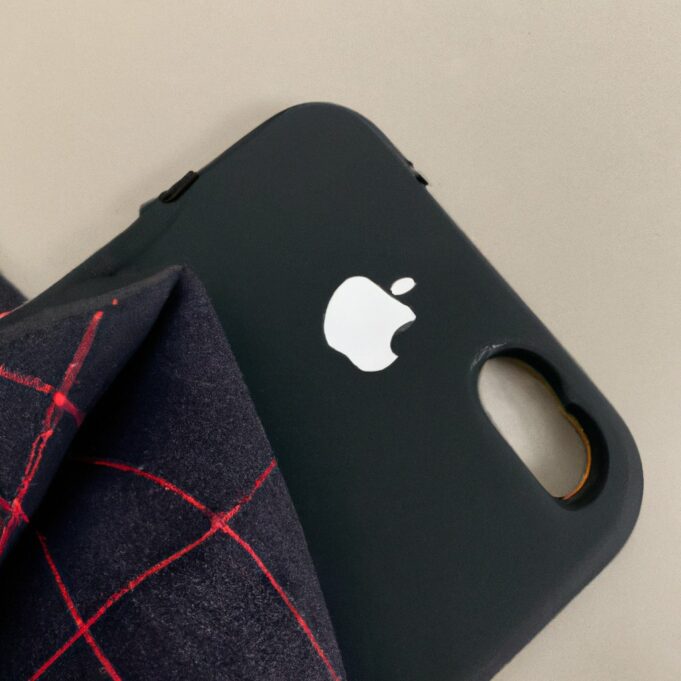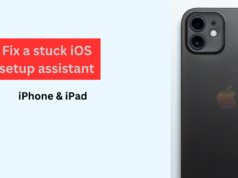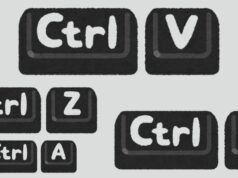It’s been almost 5 years since Apple’s last update to their flagship smartphone, the iPhone 8. Since then, they have released the iPhone X, the iPhone XR, and most recently the iPhone 11,12,13 and 14. But there is one device that has been conspicuously absent: the iPhone 9. From mysterious leaks to speculation over its features and even its very existence, this missing phone has become a source of intrigue for Apple fans around the world. So what is the story behind this elusive device? In this article, we’ll be taking a look at what we know so far about the iPhone 9 and why it could be an important addition to Apple’s lineup.
iPhone 9 Missing; Misconceptions
Apple’s release of the iPhone 8 and the iPhone X in 2017 created a lot of confusion, as many people were expecting the company to release an iPhone 9. Instead, Apple skipped straight from the iPhone 8 to the iPhone X, leaving many wondering what happened to the iPhone 9.
There are a few theories as to why Apple decided to skip over the iPhone 9. One possibility is that the company simply didn’t have time to develop and release a new phone in between the iPhone 8 and the iPhone X. Another possibility is that Apple wanted to create more buzz around its 10th anniversary iPhone by skipping over the 9th generation entirely.
Whatever the reason, Apple’s decision to skip over the iPhone 9 left many people scratching their heads. And while there’s no way to know for sure why Apple made this decision, it’s certainly an interesting bit of history for one of the world’s most popular smartphones.
History of the iPhone 9
When Apple released the iPhone 8 and iPhone 8 Plus, many were disappointed that there was no new “iPhone 9” model. Rumors had been circulating for months that Apple was working on a new, cheaper iPhone model that would be released alongside the more expensive models. However, when the iPhone 8 and 8 Plus were announced, there was no mention of an iPhone 9. This led many to believe that Apple had canceled the project entirely.
However, it seems that the rumors were false and that the iPhone 9 does exist after all. Recently leaked images show what is supposedly the prototype of the iPhone 9. The device looks very similar to the current iPhone 8 but with a few key differences. First, the bezels around the screen are much thinner, making for a sleeker overall design. Second, the back of the phone appears to be made of glass, rather than aluminum, like the current models.
If these leaked images are accurate, it seems that Apple is indeed working on a new budget-friendly iPhone model. It’s unclear when exactly this device will be released, but hopefully we’ll see it sometime in 2018.
Why Apple never released the iPhone 9?
When the iPhone X was released in 2017, it was a game-changer for Apple. Not only was it the most expensive iPhone ever released, but it also introduced a new design language that would go on to define the next few generations of iPhones. With its bezel-less display and stainless steel chassis, the iPhone X set the standard for what an iPhone should look and feel like.
However, one glaring omission from the iPhone X’s release was the lack of an “iPhone 9.” According to numerous reports, Apple had originally planned to release an updated version of the iPhone 8 alongside the iPhone X. This “iPhone 9” would have kept the same general design as the iPhone 8 but featured updated internals, such as a faster processor and improved cameras.
So why didn’t Apple release the “iPhone 9?” The most likely reason is that Apple didn’t want to cannibalize sales of the more expensive iPhone X. By releasing an updated version of the cheaper iPhone 8, customers may have been tempted to save money by opting for the older model instead of splurging on the newer, more expensive one.
In retrospect, it’s easy to see why Apple made this decision. The iPhone X went on to become one of the best-selling iPhones ever released, while the following year’s “iPhone 9” would have likely been overshadowed by its more premium sibling.
Some FAQs
Q: What is the iPhone?
A: The iPhone is a smartphone designed and marketed by Apple Inc. It was first released on June 29, 2007.
Q: What are the different generations of the iPhone?
A: There have been eleven generations of the iPhone: the original iPhone, 3G, 3Gs, 4, 4s, 5, 5c, 5s, 6, 6 Plus, 6s, 6s Plus, 7, and 7 Plus.
Q: What is the most recent generation of the iPhone?
A: The most recent generation of the iPhone is the 14 Pro Max. It was released on September 16, 2022.
What innovations have been introduced in the various generations of iPhones?
The various generations of iPhones have introduced a wide range of innovations, both hardware and software. On the hardware side, Apple has added larger displays (starting with the 3G in 2008), faster processors (with each new generation usually having double or triple the speed of its predecessor), longer battery life, and higher resolution cameras (now up to 12MP with 4K video recording).
On the software side, Apple has gradually improved its iOS operating system since its introduction on the original iPhone in 2007. This includes features such as wireless charging support (iPhone 8 onwards), Siri voice assistant technology (introduced in 2011 on iPhone 4S), fast app switching between multiple active apps, enhanced security measures like Face ID authentication for unlocking devices (iPhone X onwards) ,and augmented reality capabilities.
What can we expect from future generations of iPhones?
We can expect future generations of iPhones to have even more powerful processors, better cameras, improved battery life and longer-lasting durability. We can also expect Apple to continue innovating with features such as augmented reality (AR), 5G connectivity, facial recognition technology and other advances in artificial intelligence (AI). Furthermore, we may see the introduction of foldable designs and wireless charging capabilities.
How long does Apple usually keep a generation of iPhones in production?
Apple’s iPhone is one of the most popular devices in the world, and its longevity has been a major factor in its success. But how long does Apple usually keep a generation of iPhones in production? To answer this question, we need to look at Apple’s production cycle and the various factors that go into determining how long each generation of iPhones is kept in production. We’ll also consider some of the use cases for older iPhone models and what it means for consumers who are looking to buy an older model.
How have the design and performance of iPhones evolved over time?
The iPhone has come a long way since its initial release in 2007. From its sleek design to its powerful performance, the iPhone has undergone a drastic transformation over the years. Apple has consistently pushed the boundaries of technology and design with each new model, resulting in an ever-evolving device that is constantly improving. In this article, we will explore how the design and performance of iPhones have evolved over time, from the original model to today’s latest releases.
Why Apple never released the iPhone 9?
Apple has always been known for its innovation and the iPhone 9 was no exception. However, the company decided to never release it and instead focus on the iPhone X. This decision was based on a few factors that have made Apple one of the most successful companies in the world.
The first factor is Apple’s commitment to quality over quantity. The company believes that releasing multiple versions of its products would dilute its brand image and confuse customers. The second factor is Apple’s focus on innovation which led them to believe that releasing an iPhone 9 would be redundant when they could focus their efforts on developing something new, like the iPhone X. Finally, Apple wanted to avoid customer fatigue by not releasing too many products in a short period of time, which could lead to decreased sales and customer dissatisfaction.
Conclusion
The iPhone 9 is a device that was missing from Apple’s lineup, and it represents a unique opportunity for those who are looking to upgrade their smartphone or join the Apple ecosystem without breaking the bank. With its powerful processor, sleek design, and compatibility with iOS 14, the iPhone 9 is sure to make waves in the industry when it releases later this year. Whether you’re currently using an Android or an older version of iOS, if you’re considering making the switch to Apple devices then be sure to keep your eyes peeled for the release of this highly anticipated device.
Related Articles
- iPhone 6 Cardholder cases
- Exactly When Apple Will Launch iPhone 15 Pro Max
- Best Christmas gifts from the stable of Apple
- Smartphone review: Apple’s iPhone 11 Pro Max
- Apple launching iPhone 11 on September 10
- What will you do to recover your lost iPad or iPod
- Why Apple To Delay iPhone 8 Release Date
- How To Safe Drive Using Smartphone
- Why Apple To Price Tag iPhone 8 Higher Than Predecessor
- How to Invert a Picture on iPhone in 2023 | Easy Tricks & Hacks


















